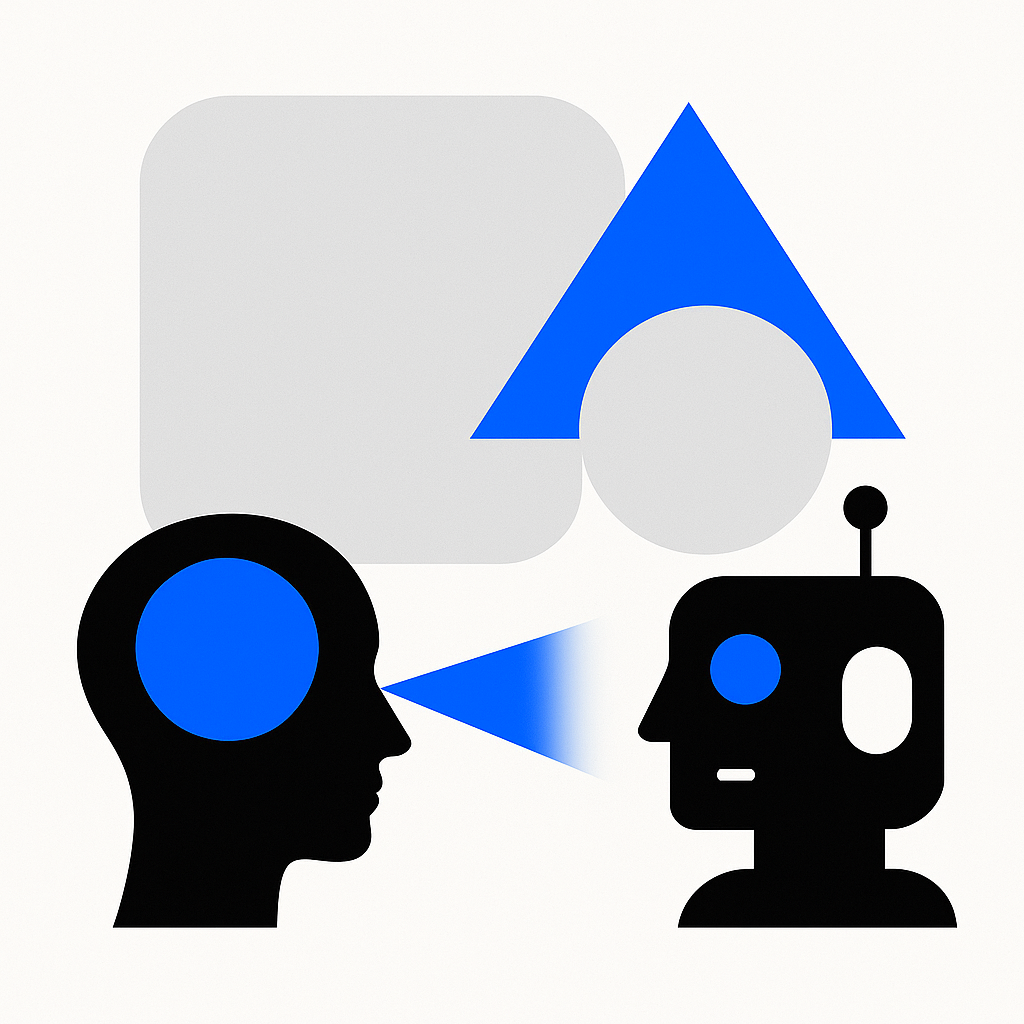Essay
Can AI Understand Aesthetics?

Short answer: Not really. But it can simulate it—if we guide it with clarity, taste, and context.
When we speak of aesthetics in design, we refer to a felt sense. An instinct for balance, restraint, contrast, rhythm, harmony. These qualities are learned over time, culturally shaped, emotionally anchored. It’s not just about visual rules—it’s about intuition and intention.
And that’s where AI stumbles. Because AI doesn’t feel.
When we speak of aesthetics in design, we refer to a felt sense. An instinct for balance, restraint, contrast, rhythm, harmony. These qualities are learned over time, culturally shaped, emotionally anchored. It’s not just about visual rules—it’s about intuition and intention.
And that’s where AI stumbles. Because AI doesn’t feel.
It sees pixels, encodes patterns, and predicts outputs based on the vast ocean of labeled data it has consumed. It doesn’t know why something works. It doesn't pause and say: "This feels off." It can copy the outlines of taste, but not its soul.
That’s why prompts like "make it elegant," or "use Bauhaus principles" often lead to clumsy results. When you tell AI to "follow aesthetic rules," it often over-applies them—because it interprets design as a checklist, not a conversation.
So how do we bridge this gap?
That’s why prompts like "make it elegant," or "use Bauhaus principles" often lead to clumsy results. When you tell AI to "follow aesthetic rules," it often over-applies them—because it interprets design as a checklist, not a conversation.
So how do we bridge this gap?
How to Explain Aesthetics to AI: 4 Practical Methods
1. Curated References > Abstract Prompts
Don't just tell. Show.
Instead of typing:
"Make this layout minimal and clean."
Try:
"Use these three designs as reference. Focus on the whitespace, single focal point, and restrained color palette. Keep visual elements sparse and aligned."
Example: Show it:
- A Craig Mod website with generous spacing
- A Japanese book cover with a single kanji in the center
- A Muji product page
These examples teach AI the pattern of minimalism far better than the word alone.
2. Frame Design as Trade-Offs, Not Absolutes
Design is not rules, it's judgment.
Instead of:
"Follow a 12-column grid and keep it balanced."
Try:
"Let the grid support contrast. Break the alignment in the hero to create tension. Too much symmetry will flatten the impact."
Example: Ask AI to generate 3 versions of a layout:
- One with strict grid adherence
- One with intentional asymmetry
- One with broken rhythm
Then choose the one that feels most dynamic. Teach by selection.
3. Use Emotional and Behavioral Language
Speak to experience, not decoration.
Instead of:
"Use serif fonts to make it feel classic."
Try:
"Use typography that slows the reading pace and adds a sense of trust and stability. Avoid fonts that feel too digital or mechanical."
Example: Ask for:
- Fonts that suggest calm, maturity, or formality
- Then refine: "This one feels too nostalgic. Can we modernize without losing warmth?"
4. Treat AI Like a Junior Designer, Not an Equal
AI needs direction, not autonomy.
Think of AI as a powerful but inexperienced design intern. It can generate endlessly, but lacks judgment. It needs your eyes.
Instead of:
"Design a landing page for an AI startup."
Try:
"Create three variations of a landing page for an AI startup focused on trust and clarity. Use human-centric imagery, clean layouts, and avoid anything overly techy or cold. Base layout loosely on Stripe and Figma websites."
Then, act as Creative Director. Point out what works. Redirect what doesn’t.
Cress, C. (2023, September 6). Designing with AI: The tension between intuition and automation. Creative Lives in Progress. https://www.creativelivesinprogress.com/article/designing-with-ai
Wong, J. (2023, May 2). Why AI will never be a great designer. Medium. https://medium.com/@joelwong/why-ai-will-never-be-a-great-designer-58e72e1b9397
Thomason360. (2023). AI isn’t stealing creativity. It’s removing the clutter around it. Thomason360. https://www.thomason360.com/ai-creativity-and-design-leadership
Harvard Business Review. (2023). How generative AI can augment human creativity. Harvard Business Review. https://hbr.org/2023/07/how-generative-ai-can-augment-human-creativityVisily AI. (2023). How to write better AI design prompts: Tips for non-designers. Visily.ai. https://www.visily.ai/blog/ai-design-prompts
Wong, J. (2023, May 2). Why AI will never be a great designer. Medium. https://medium.com/@joelwong/why-ai-will-never-be-a-great-designer-58e72e1b9397
Thomason360. (2023). AI isn’t stealing creativity. It’s removing the clutter around it. Thomason360. https://www.thomason360.com/ai-creativity-and-design-leadership
Harvard Business Review. (2023). How generative AI can augment human creativity. Harvard Business Review. https://hbr.org/2023/07/how-generative-ai-can-augment-human-creativityVisily AI. (2023). How to write better AI design prompts: Tips for non-designers. Visily.ai. https://www.visily.ai/blog/ai-design-prompts